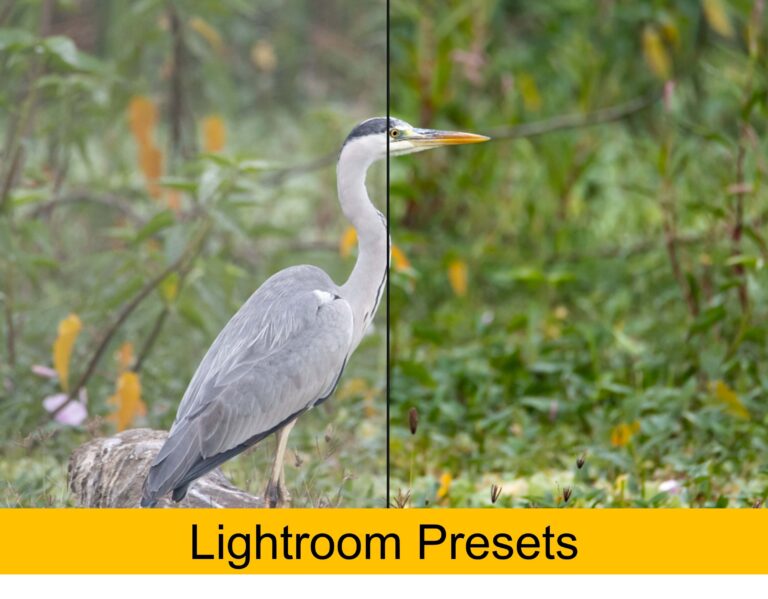Focal length comparison chart is something used to compare focal lengths for various camera sensor sizes. It is an essential tool to select the right lens for the purpose.
Different focal lengths offer different angle of views and different perspective as well. Before going into the detail of the focal length comparison tool , lets understand some key concepts behind it.
You can also read about shutter speed comparison chart here.
Focal length comparison : What are important aspects ?
When you want to do focal length comparison there are three main things to take into consideration. The focal length itself ( this is generally referenced to the standard sensor size) , the angle of view and the crop factor.
Lets see all these aspects of focal length comparison in detail.
1. Focal length
The lens captures the light and send it to the sensor. The distance between the point where light rays converge inside the lens and the image sensor is known as the focal length.
Focal length can theoretically go from zero to infinity. In practice photography lenses have focal lengths are in the range of 10 to 600 mm.
The smaller focal lengths are known as wide angle and the longer lenses are known as telephoto.
2. Angle of view
The light rays coming from the scene and converging at a point inside the les for a an angle. This angle is know as angle of view. The lens can see this angle and sensor will capture anything that falls within this angle of view.
As you can see the smaller the focal length , the wider the angle of view and the longer the focal length the smaller the angle of view.
The term Image distance in below images is also known as focal length.


3. Crop factor
The lens when fitted on camera captures the scene in-front and makes it available for the sensor to capture. Traditionally film cameras were used for all photographic purposes and the traditional size of the film was 36mm x 24mm.
The image formed by the sensor is circular in nature and the sensor captures a certain portion of this image. The bigger the sensor the wider the image and the smaller the sensor the narrower the image.

Below image explains this phenomenon. As you can see , a standard 35mm full frame sensor captures a wider image while a smaller crop sensor gives a narrower image and it appears to be zoomed in.
The factor by which the given sensor is smaller or larger compared to a standard full frame sensor is known as crop factor. The name crop comes from the fact that the image is “cropped in” compared to complete available image smaller sensors.
The same factor is also known as focal length multiplier factor. This is because the smaller the sensor the higher the focal length appears. The crop factor can be used to multiply the given focal length to calculate equivalent focal length.
You can download our crop factor calculator or focal length multiplication factor here – crop_factor_calculator.xslx
Focal length comparison chart
Focal length comparison chart or focal length comparison tool helps to convert and compare same focal length on various different sensor sizes.
| Sensor | 35 mm Focal Length | Equivalent focal length for Micro Four Thirds | Equivalent focal length for APS-C Canon | Equivalent focal length for APS-C | Equivalent focal length for APS-H |
| Crop Factor | 1.00 | 1.77 | 1.62 | 1.53 | 1.29 |
| 10 | 18 | 16 | 15 | 13 | |
| 14 | 25 | 23 | 21 | 18 | |
| 17 | 30 | 28 | 26 | 22 | |
| 22 | 39 | 36 | 34 | 28 | |
| 25 | 44 | 41 | 38 | 32 | |
| 35 | 62 | 57 | 54 | 45 | |
| 50 | 88 | 81 | 76 | 65 | |
| 70 | 124 | 114 | 107 | 90 | |
| 85 | 150 | 138 | 130 | 110 | |
| 100 | 177 | 162 | 153 | 129 | |
| 135 | 239 | 219 | 206 | 174 | |
| 200 | 354 | 324 | 306 | 258 | |
| 250 | 442 | 405 | 382 | 323 | |
| 400 | 707 | 649 | 612 | 516 | |
| 500 | 884 | 811 | 765 | 645 | |
| 600 | 1061 | 973 | 918 | 774 |
You can also download the focal length comparison tool as an Image below.




